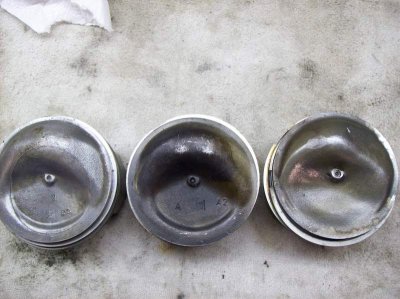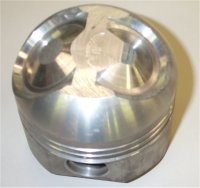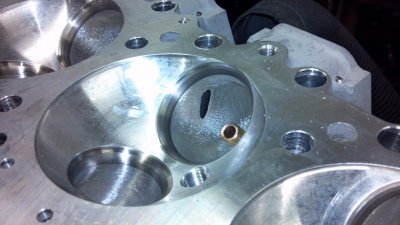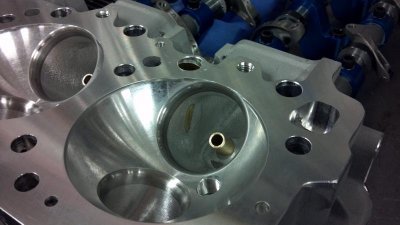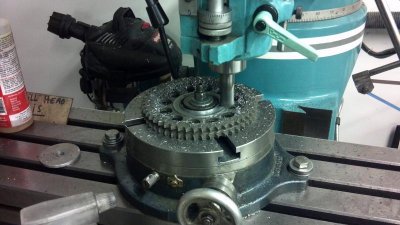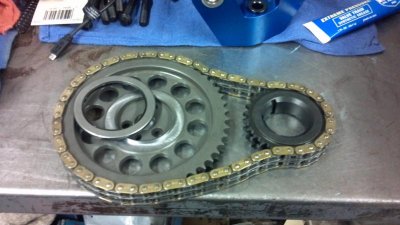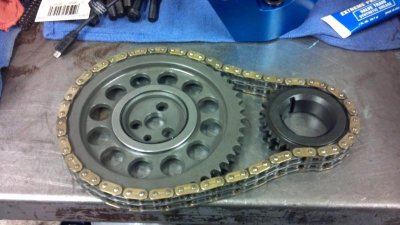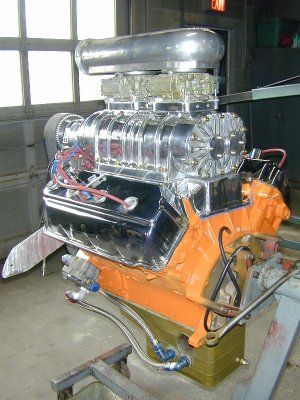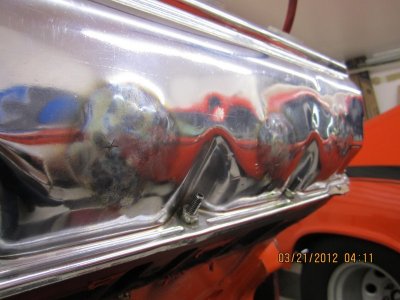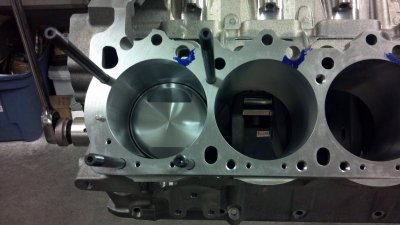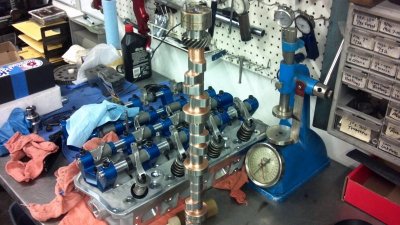rev.ronnie
Well-Known Member
Very impressive work.
I look at that chamber and wonder if twin plugs would benefit this build. Even with the small dome piston, the bore size being pretty large may like the twin plug.
Thanks!
I don't know how much it would help. Unleaded fuel has a pretty low flash point and there is really no obstruction with the small dome. Compared to a Big Chevy, this is a dream
I know dual plugs are pretty popular on old Harley's. I don't know how much it helped though because half of them I see have the second plug blocked off...

